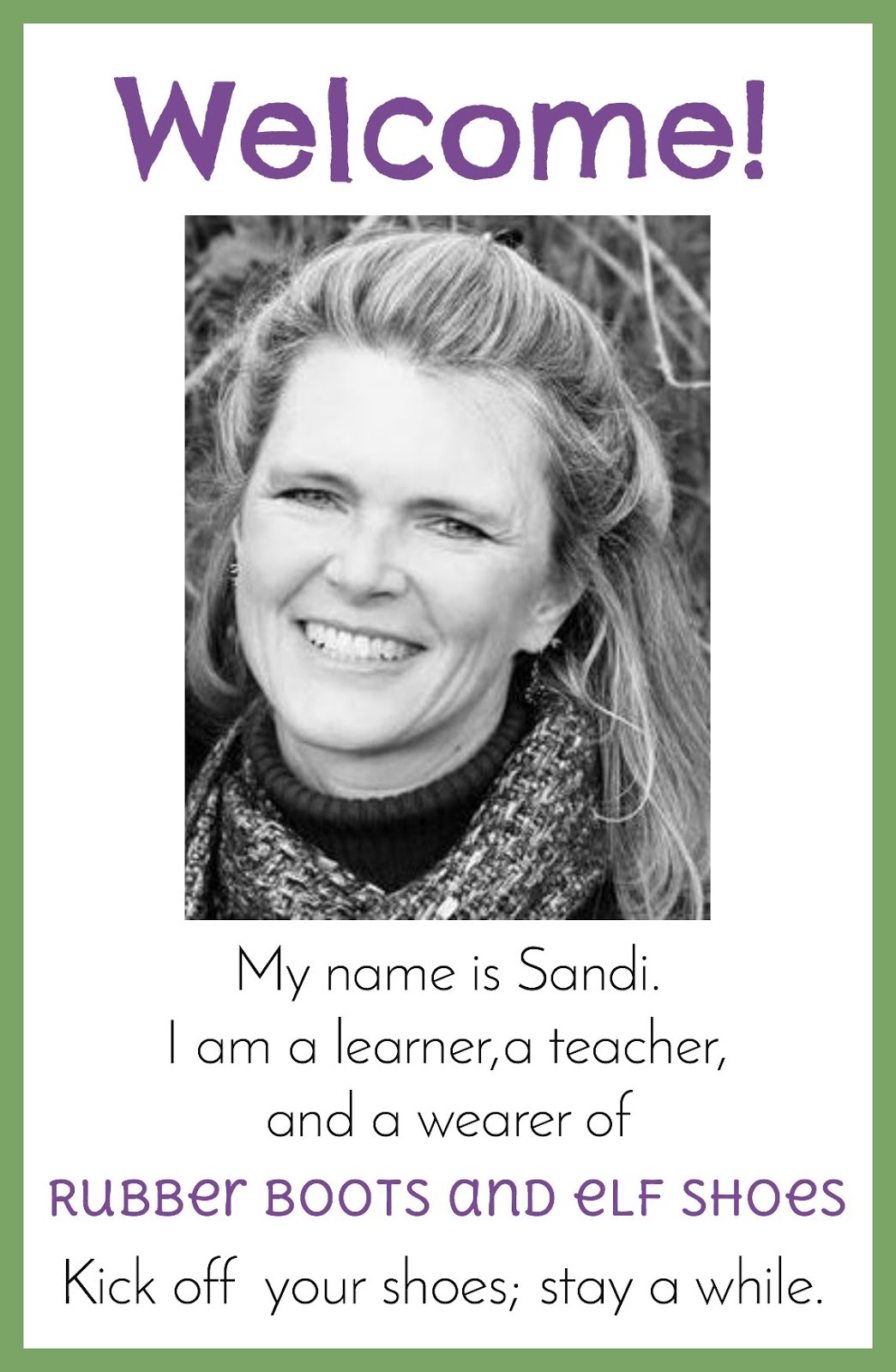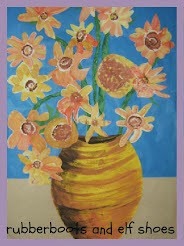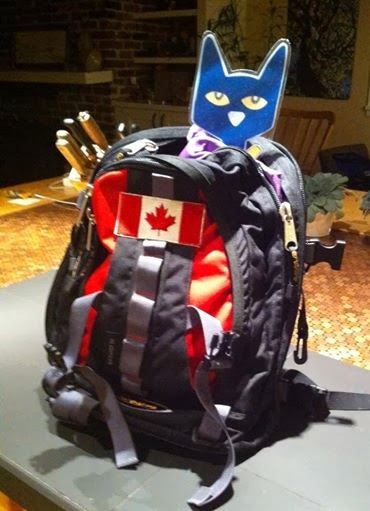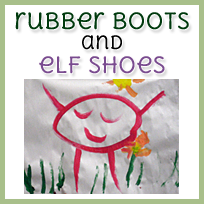We read a lot of stories in kindergarten. (One of my responsibilities to create, grow and nurture a love of books in my kid lets.)
Many books we read and reread.
I was curious what book was the class favourite.
So, I put together a collection of books that we had read throughout the year and spread them around a table.
The kids added a few more books to the table.
Then we voted.

Many books we read and reread.
I was curious what book was the class favourite.
So, I put together a collection of books that we had read throughout the year and spread them around a table.
The kids added a few more books to the table.
Then we voted.
Each child was given three small pieces of paper to place on their favourite books.
I thought that Pete the Cat would be the definite victor. We read all the Pete books over and over, and we did a number of Pete projects in class. We so love our Pete shoes, his buttons and his fabulous attitude.
I thought that Mo Willem's Pigeon and Elephant and Piggie, the current class obsession would also make a good showing.
I was wrong.
The kidlets made other choices.
The Very Hungry Caterpillar was chosen as the favourite book of kindergarten 2012-13.
Go Away Big Green Monster came in second with 8 votes.
The Gingerbread Girl was the third favourite.
The kidlets surprised me. And it's all good.
I'm already curious what next year's favourite books will be.




















































